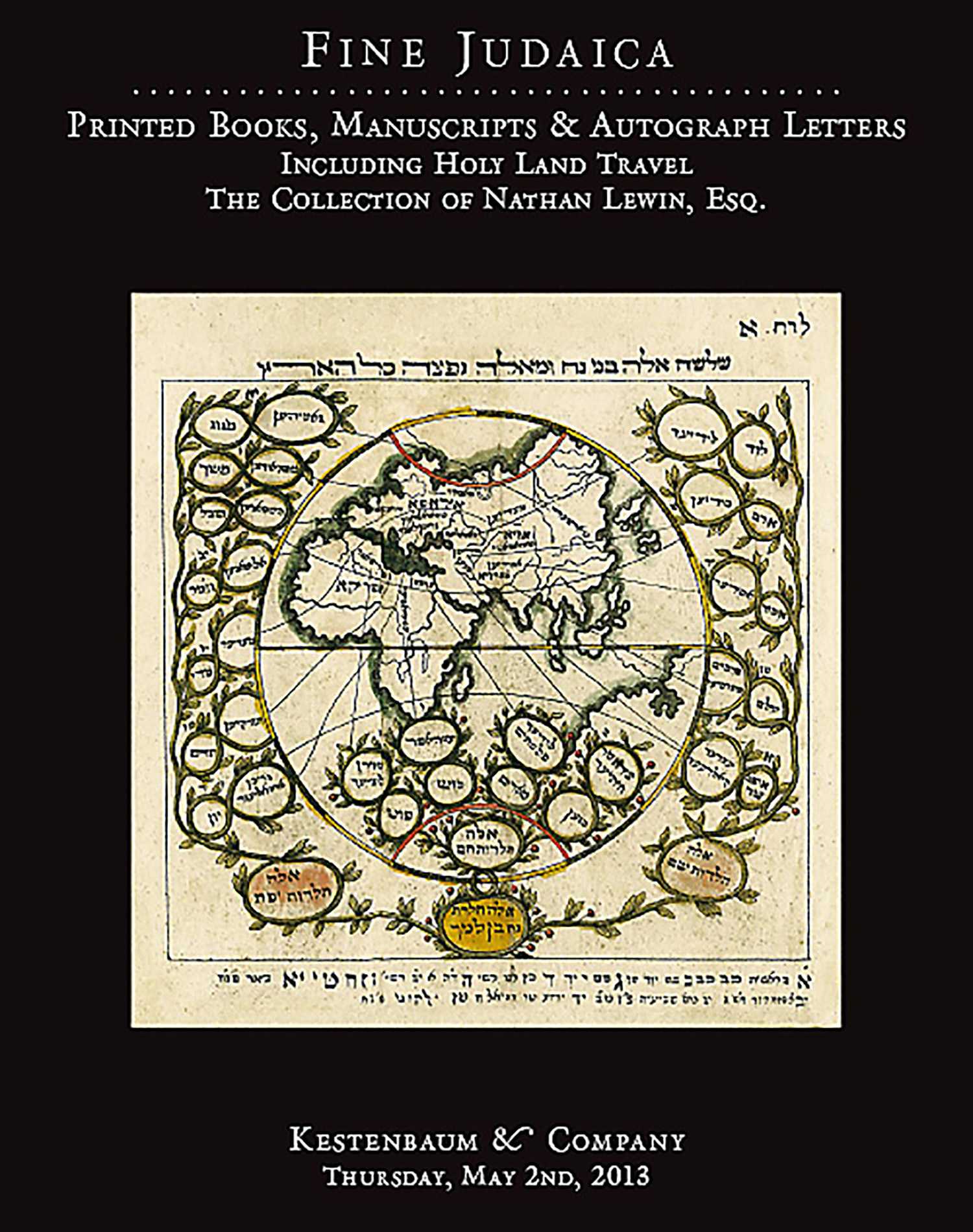(KABBALAH).

AUCTION 58 |
Thursday, May 02nd,
2013 at 1:00
Fine Judaica: Printed Books, Manuscripts and Autograph Letters
Lot 200
(KABBALAH).
n.p.: n.p. 1650
Est: $2,000 - $2,500
PRICE REALIZED $2,000
French Catholic Hebraist and philo-Semite, Jacques Gaffarel (1601-81) was a priest and scholar of Oriental languages who defended the Kabbalah against attacks by Mersenne and others. He was the librarian to Cardinal Richelieu as well as a profound astrologer.
The first part of this text, Gaffarel’s most celebrated work, is devoted to defending the Jews against several classic calumnies. In passing, Gaffarel mentions the burning of Hebrew libraries in Italy and alludes (p. 38) to the fact that in Cremona alone, twelve thousand volumes were incinerated in 1559. He opines that the “Jesus” maligned in the Talmud is indeed another Jesus altogether (an argument advanced by many medieval rabbis). As for the charge that Jews continue to malign the Christian messiah, the author claims that this is not so, for in the numerous anti-Christological arguments posed by Rabbis David Kimchi and Joseph Albo one will not find any aspersion cast upon the character of Jesus.
The second part of the work is a defense of Persian astrology. On p. 48 there is a reference to a translation of a work of Persian astrology into Hebrew by “Rabbi Chomer, modern author.” The Persian author of the work is said to be “Hamahalzel.” There follows a defense of Zoroaster by R. Chomer. Chapter V recounts the wondrous properties of certain minerals, plants, and animals. Chapter VI launches into an examination of the concept of the “talisman,” a figure or image engraved in a mineral which supposedly has the ability to tap the power of a celestial constellation.
The third part concerns the Horoscope of the Patriarchs or the Astrology of the Ancient Hebrews. On p. 201 the author provides in Hebrew the names of the Ten Sephiroth. On pp. 202, the author makes mention of R. Kapol “tres-savant Astrologue” and once again on p. 221, he speaks of R. Jacob Kapol ben Samuel. (See Steinschneider 5612.) On pp. 220-21 there is a reference to “R. Isaac Hazan, the author of that which the Jews believe to be the Astronomical Tables of Alphonse.” On p. 231 there is a Hebrew reference to the wall-chart placed over the crib of the newborn infant as protection against Lilith and discussion of the etymology of the name “Lilith.”
The fourth part of this work presents Gaffarel’s theory that the stars, according to the Hebrews, have been arranged in the form of letters, and by knowing how to “read” the heavens, one can foretell anything that will take place in this world. This part is accompanied by two folding woodcut celestial maps on which stars have been depicted in the form of Hebrew letters.
The author was one of the chief exponents of 17th-century Christian Kabbalism.
